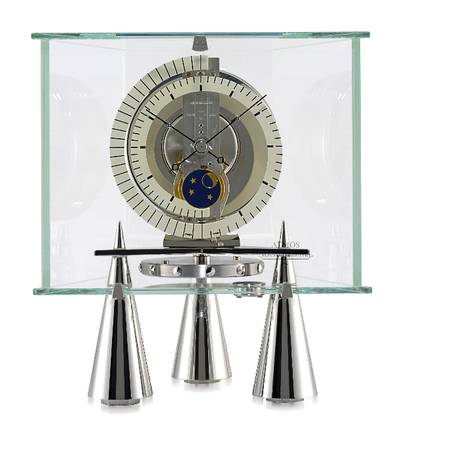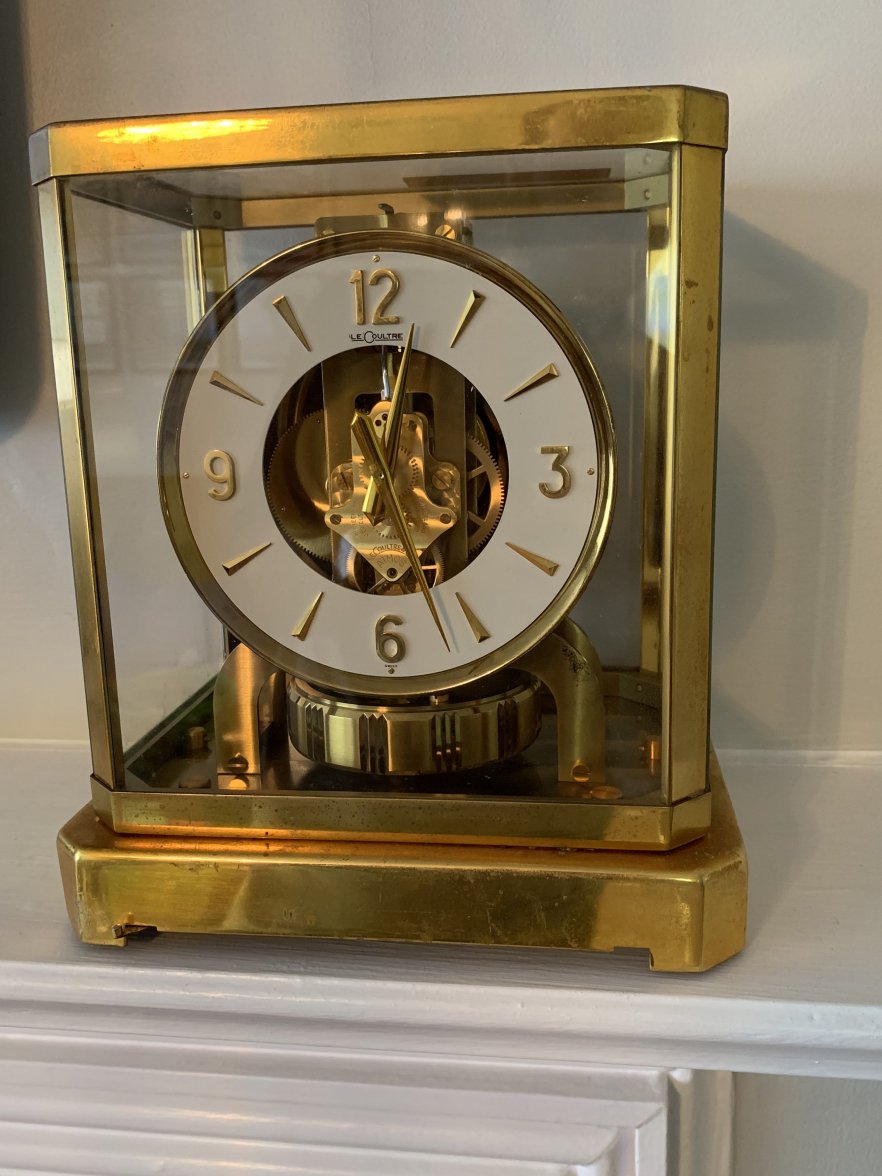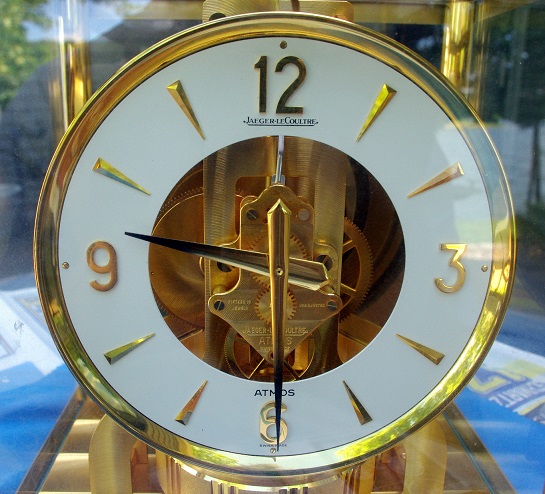The one thing I was told about Atmos clocks is that they do not like to be in museums, where the temperature is kept constant to preserve other artifacts.
I used to have mine on top of an entertainment unit in my living room, where it was exposed to an outside window and got some sunshine through the window. That caused the temperature inside the clock to vary by several degrees each day.
Had the clock there for 9 years and it never stopped. Then I bought a big screen TV that went in that space. I moved the Atmos to the master bedroom, but far away from any windows.
The clock is level and runs very well, but without the temperature variations, I have to get it manually wound by a clockmaker every two years. Since I now work at home full time, I don’t even have the programmable thermostat raising and lowering temperature during the day anymore.
I doubt I will get two years out of this wind.
gatorcpa


